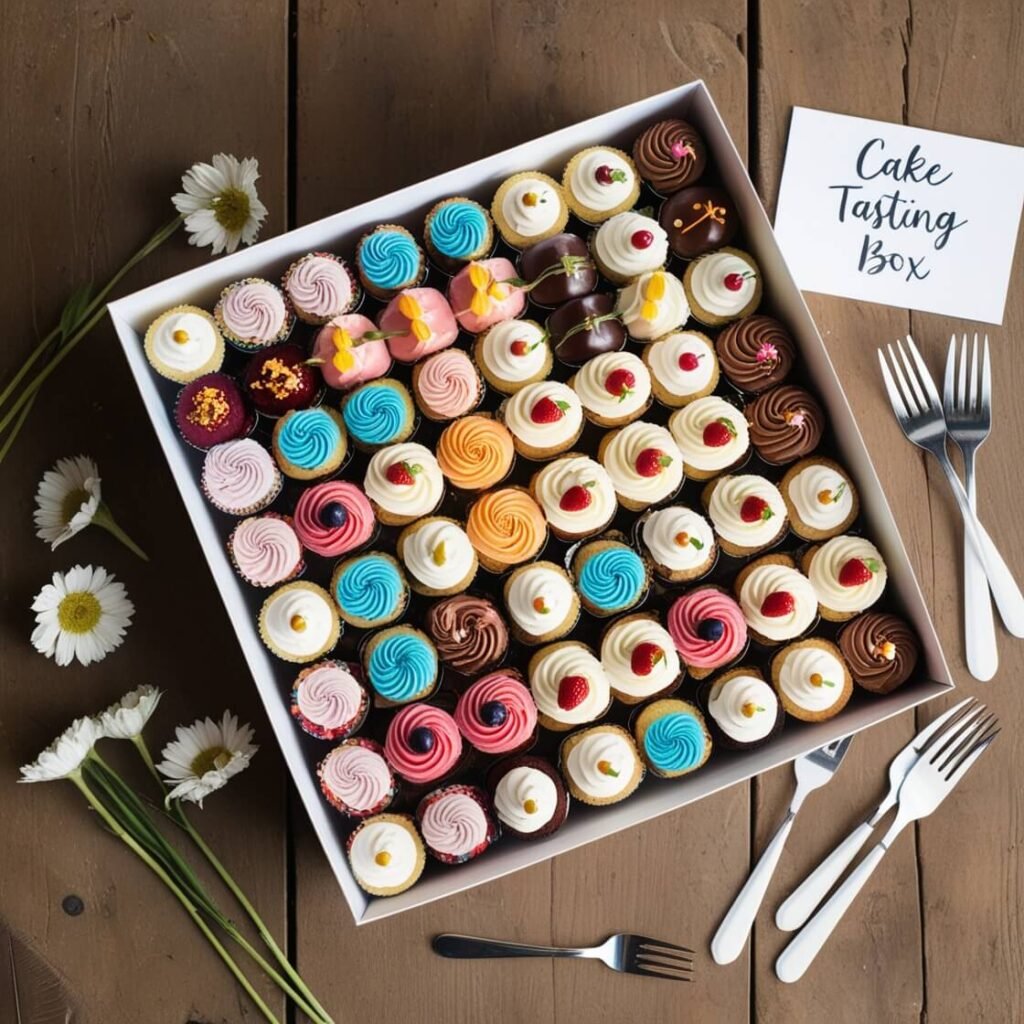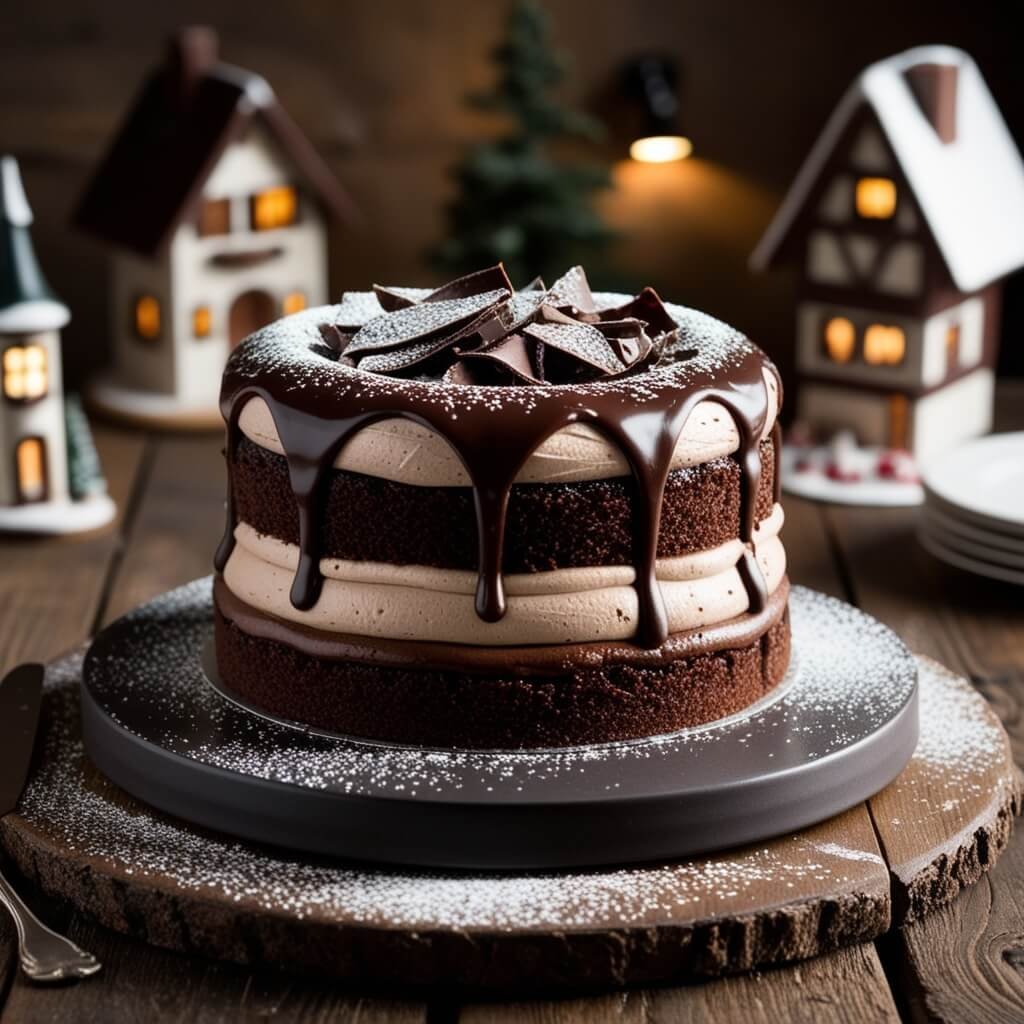Introduction
If you’re passionate about baking cakes but lack access to cake flour, don’t worry! Making cake flour at home is a quick and easy process, and you’ll be amazed at the difference it can make in the texture of your baked goods. In this guide, we’ll cover everything you need to know about making your cake flour, its benefits, substitutes, and when to use it. Let’s dive in and learn how to achieve bakery-level softness in your cakes with DIY cake flour!
Making cake flour at home is simple, requiring just two ingredients and a few minutes of preparation. Whether you’re out of cake flour or want to save on grocery costs, DIY cake flour can help you achieve that tender, fluffy texture for your baked goods. Follow the simple steps in this guide to make cake flour any time you need it.
Table of Contents
What is Cake Flour and Why is It Used in Baking?
Cake flour is a finely milled, low-protein flour that creates a light, soft texture in cakes and other delicate baked goods. Unlike all-purpose flour, cake flour has a lower protein content, usually around 7-9%, which results in less gluten formation. Less gluten means a softer, more tender crumb—perfect for cakes that need to be moist and airy rather than dense and chewy.
Difference Between Cake Flour and All-Purpose Flour
The main difference between cake flour and all-purpose flour is protein content. All-purpose flour has a higher protein content (10-12%), making it more versatile for various recipes. However, when it comes to cakes, particularly sponge cakes or chiffon cakes, cake flour is the better choice for its ability to produce a delicate crumb.
Why You Might Need a Cake Flour Substitute
Only some have cake flour on hand. Sometimes, it’s unavailable in stores, or you may not want to buy a whole bag for a single recipe. Luckily, you can make cake flour using ingredients you probably already have in your pantry—just all-purpose flour and cornstarch! This easy method will save you a trip to the store and help you achieve that soft texture even without store-bought cake flour.
Benefits of Using Cake Flour in Baking
Wondering if cake flour makes a difference? Here’s why it’s the go-to choice for certain baked goods:
- Texture: Cake flour yields a lighter, more delicate crumb, making it ideal for sponge cakes, angel food cakes, and cupcakes.
- Tenderness: Because of its low protein content, cake flour leads to less gluten development, creating tender, soft cakes.
- Appearance: The fine texture of cake flour helps produce a smooth batter, resulting in a more uniform cake that rises evenly.
If you’re making something that needs to be soft and airy, cake flour is a game-changer.
Why Make Cake Flour at Home?
There are several reasons you might want to make cake flour at home rather than buying it:
- Availability: Not every grocery store stocks cake flour, especially in smaller towns.
- Cost Savings: Buying a whole bag of cake flour for occasional use can feel unnecessary, especially if you already have all-purpose flour and cornstarch at home.
- Convenience: Once you know how to make cake flour yourself, you can whip it up anytime without needing a special trip to the store.
Discover more baking tips and recipes on our Cake Diary and elevate your baking skills today!
How to Make Cake Flour at Home
Here’s a simple recipe to make cake flour at home in just a few steps. It involves substituting some of the all-purpose flour with cornstarch, which helps reduce the protein content and gives your flour a similar texture to cake flour.
Ingredients Needed to Make Cake Flour
To make cake flour at home, you only need two basic ingredients:
- 1 cup all-purpose flour
- 2 tablespoons cornstarch
Cornstarch is crucial because it lowers the protein content of the all-purpose flour, mimicking the qualities of cake flour.
How to Make Cake Flour: Step-by-Step Guide
Ready to make your cake flour? Here’s a simple, foolproof method:
- Measure 1 cup of all-purpose flour: – Start by scooping out a level cup of all-purpose flour. Make sure to measure accurately.
- Remove 2 tablespoons of flour: – Scoop out 2 tablespoons of flour from your measured cup, which will create a bit of room for the cornstarch.
- Add 2 tablespoons of cornstarch: – Replace the 2 tablespoons of removed flour with 2 tablespoons of cornstarch. Cornstarch will help lower the overall protein content of the flour, giving you that cake flour texture.
- Sift the mixture at least twice: – To ensure the cornstarch and flour are evenly distributed, sift the mixture at least twice. This step is essential for achieving the light, fine texture of cake flour.
Recipe Variations for Homemade Cake Flour
Scaling Up the Recipe: If you need more than a cup, simply multiply the ingredients. For example, for 2 cups of cake flour, measure 2 cups of all-purpose flour, remove 4 tablespoons, and add 4 tablespoons of cornstarch.
Alternative for Cornstarch: If you’re out of cornstarch, you can use potato starch in the same quantity. The result will be similar, although cornstarch is typically preferred for a finer texture.
Cake Flour vs. All-Purpose Flour: When to Use Each
Cake flour and all-purpose flour may look similar, but they serve different purposes. Here’s how to choose between them:
All-Purpose Flour: Best for baked goods that need more structure, like cookies and bread. Its higher protein content means more gluten formation, which leads to a chewier texture.
Cake Flour: Ideal for delicate cakes, muffins, and pastries where you want a soft, tender crumb. Cake flour’s low protein content reduces gluten formation, giving baked goods a fluffy texture.
Switching one for the other may impact the outcome, so it’s best to follow the recipe’s instructions.
Can I Substitute Cake Flour for All-Purpose Flour?
Yes, you can swap cake flour for all-purpose flour in certain recipes, but keep in mind that it may change the texture. Cake flour is not suitable for recipes that need more structure, like bread or pizza dough, because it won’t provide the same gluten strength. However, if you’re in a pinch, you can make slight adjustments to make it work.
Using DIY Cake Flour in Recipes
Once you’ve made your homemade cake flour, you can use it just like the store-bought kind. Here are a few tips to help you use it correctly in recipes:
- Measure Carefully: Accurate measurements are key to getting the right consistency, especially when baking delicate cakes.
- Sift for Extra Lightness: Sifting your DIY cake flour a few times will add more air, making it ideal for recipes like angel food cake or sponge cake.
- Store Properly: If you make a larger batch of cake flour, store it in an airtight container to keep it fresh.
Cake Flour Substitutes and Alternatives
If you don’t have cornstarch, there are still other ways to make a cake flour substitute. Here are some alternatives:
Potato Starch: You can use potato starch instead of cornstarch in the same ratio for a similar effect.
Pastry Flour: While it has a slightly higher protein content than cake flour, pastry flour can work as a substitute in a pinch.
Using these alternatives may result in slight differences in texture, but they’re effective solutions when you need a cake flour substitute.
Cake Flour vs. Pastry Flour: Understanding the Differences
While both cake flour and pastry flour are low in protein, pastry flour typically has a bit more protein than cake flour. This makes pastry flour suitable for baked goods that need a bit more structure, like pies and tarts. However, you can still use pastry flour for cakes if that’s what you have on hand.
Common Questions About Cake Flour
How Can I Make Pastry Flour?
To make a quick pastry flour substitute, mix all-purpose flour and cake flour in a 1:1 ratio. This gives a slightly higher protein content than cake flour alone, which is ideal for pastries that need a bit of stability without being overly dense.
Can I substitute cake flour for all-purpose flour?
Yes, but it will change the texture. Using cake flour in recipes that call for all-purpose flour may result in a softer, less chewy product.
Can you use cake flour instead of all-purpose in recipes?
It depends on the recipe. Cake flour works best in recipes designed for a delicate texture, like cakes or muffins, but it may not work as well in bread or pizza dough.
Is cake flour the same as all-purpose flour?
No. Cake flour has a lower protein content and finer texture, making it ideal for light, airy baked goods.
How Do You Make Cake Flour Out of Regular Flour?
Simply remove 2 tablespoons from 1 cup of all-purpose flour and replace it with cornstarch. Sift them together, and you’re ready to go!
Can You Swap Regular Flour for Cake Flour?
Yes, but keep in mind that the texture may be denser. If possible, use the DIY method to turn all-purpose flour into a cake flour substitute.
How to Make Cake Flour Using All-Purpose Flour?
Combine 1 cup of all-purpose flour minus 2 tablespoons, plus 2 tablespoons of cornstarch. Sift and use as cake flour.
Is Cake Flour the Same as All-Purpose Flour?
No, cake flour has a lower protein content, making it lighter and better suited for cakes.
What is the Best Substitute for Cake Flour?
The best substitute is homemade cake flour made from all-purpose flour and cornstarch, but pastry flour can also work in some recipes.
Additional Tips for Making and Using Cake Flour
Sifting Matters: Sift your flour at least twice for a light and airy texture.
How to Prepare Cake Flour for Baking: Always measure flour accurately by spooning it into the measuring cup and leveling it off with a knife.
Avoid Overmixing: Too much mixing can toughen the batter, so mix only until combined.
Pros and Cons of DIY Cake Flour
Pros
- Cost savings.
- Flexibility to make it as needed.
- Control over ingredients.
Cons
- Slightly different results compared to store-bought cake flour.
- Additional sifting may be required for optimal texture.
Additional Baking Tips for Light and Fluffy Cakes
Aside from using cake flour, here are other ways to get light, airy cakes:
- Don’t Overmix: Mixing too much develops gluten, which can make cakes tough.
- Use Room-Temperature Ingredients: This helps the batter blend smoothly and trap air.
- Proper Oven Temperature: Baking at the right temperature ensures even rise and texture.
Conclusion
In baking, cake flour is an essential ingredient that can take your cakes from good to great. Now that you know how to make it at home, you’re prepared to tackle any recipe that calls for it, ensuring every cake is light, tender, and delicious. Give homemade cake flour a try, and don’t forget to share your baking creations with family and friends!

